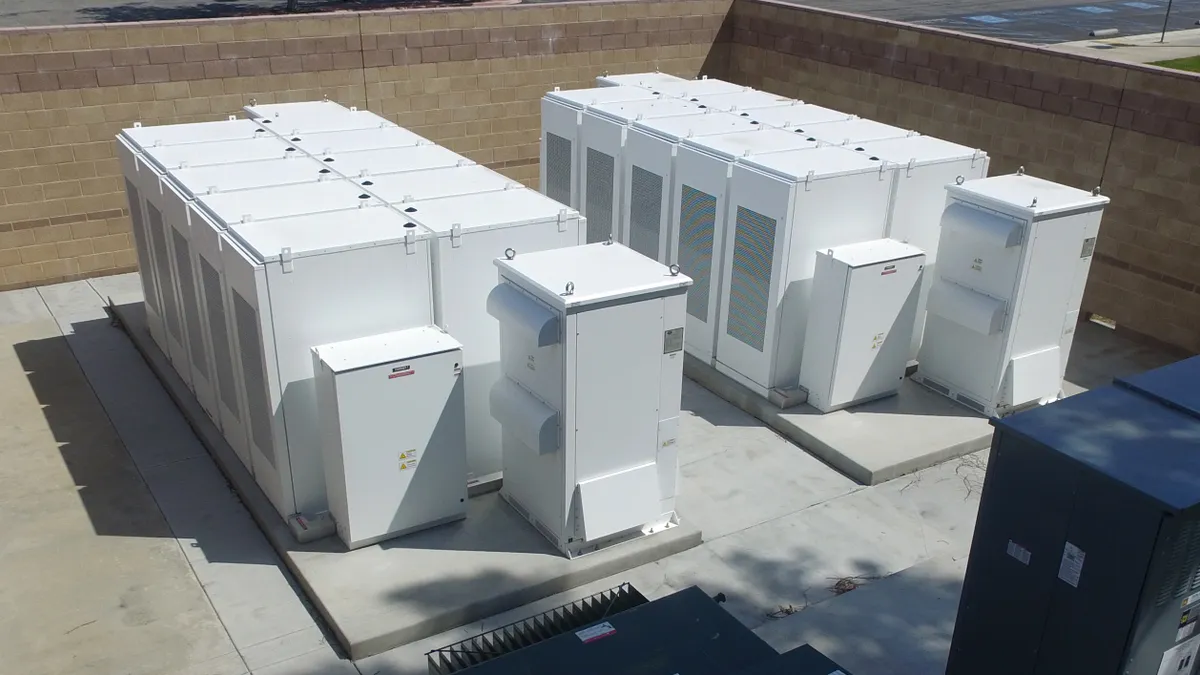Dive Brief:
-
The California Senate passed a bill on Thursday that extends the state's leading program for behind-the-meter storage — the Self Generation Incentive Program (SGIP) — after the state Assembly approved it on Wednesday.
- S.B. 700, which adds nearly 3 GW to the SGIP, is headed to the desk of Gov. Jerry Brown for his signature.
-
Under current law, the SGIP program expires at the end of 2019. The bill extends the program five years to 2026 and refreshed funding to the $800 million level.
Dive Insight:
Market signals for continued investment in storage are critical in California: on the same day the storage bill was passed, state legislators sent Brown a bill establishing a 100% renewable portfolio standard by 2045.
S.B. 700, authored by Sen. Scott Wiener, D, was patterned on the California Solar Initiative (CSI), which offers cash for customers who install solar rooftop systems on their home or business. The program resulted in the installation of nearly 2,000 MW of solar capacity.
"S.B. 700 will do for storage what [the California Solar Initiative] did for solar over a decade ago, namely create a mainstream market by driving up demand and driving down costs all while creating jobs and clean energy choices for consumers," Bernadette Del Chiaro, executive director of the California Solar and Storage Association (CSSA), said in a statement.
SGIP is now poised to fill a gap left by the expiration of the CSI program. "It is needed to maintain the solar market," Brad Heavner, policy director at CSSA, told Utility Dive. "Doing it with solar alone is not the way anymore."
"We have all the [solar] power we need in the middle of the day," Heavner said. S.B. 700 is an acknowledgement that the duck curve is starting to cause problems, he said, referring to the glut of solar power that falls off in the evening, causing a need for quick ramping generation, which is usually filled by gas-fired peakers.
Changes in California’s solar incentives should act in concert, encouraging the combination of solar power and energy storage. California is shifting to an updated net metering regime, "net metering 2.0," which more widely employs time-of-use (TOU) rates for solar residential and commercial customers. Net metering credits have more value when combined with TOU rates, Heavner said.
"If we are going to get to 100% clean energy, we need to be using solar power every hour of the day, not just when the sun is shining," Wiener said in a statement.














